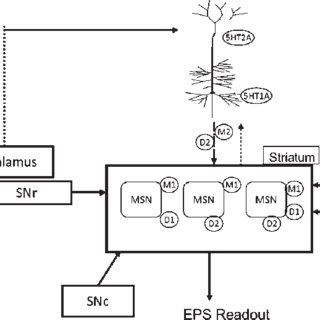
Athan Spiros, Patrick Roberts, Hugo Geerts
Background: Possible solutions for the low success rate in CNS Drug discovery and development in CNS diseases include drug repurposing.
Objectives: As a possible alternative to prohibitively expensive systematic testing in animal models, we propose to use a humanized quantitative systems pharmacology (QSP) platform as an example of a well-validated phenotypic assay in Parkinson’s disease (PD) tremor for filtering out possible interesting molecules that then can be tested in preclinical animal models. This will significantly reduce discovery time and costs, while at the same time providing a better predictability to the human clinical outcome. The method will be applied to the Prestwick library, a library of FDA approved and off-patent medications.
Methods: The platform contains 30 CNS physiologically implemented targets and simulates biophysically realistic neuronal network interactions between supplemental motor cortex and motor striatum based on preclinical neurophysiology and human electrophysiology data. Importantly, the platform is further calibrated using retrospective clinical data on Parkinsonian side-effects with antipsychotics.
Results: We use this QSP platform to screen pharmacological profiles of serotonergic drugs in the Prestwick library. We identified five interesting multi-pharmacology agents, including trazodone that in a previously reported study improved clinical PD scales as augmentation strategy.
Conclusion: The Quantitative Systems Pharmacology platform is a powerful modeling and simulation tool with a relevant human clinical scale as output, where multi-target drugs effect can be simulated and promising candidates for further study in pharmacological profiling or animal models can be identified.